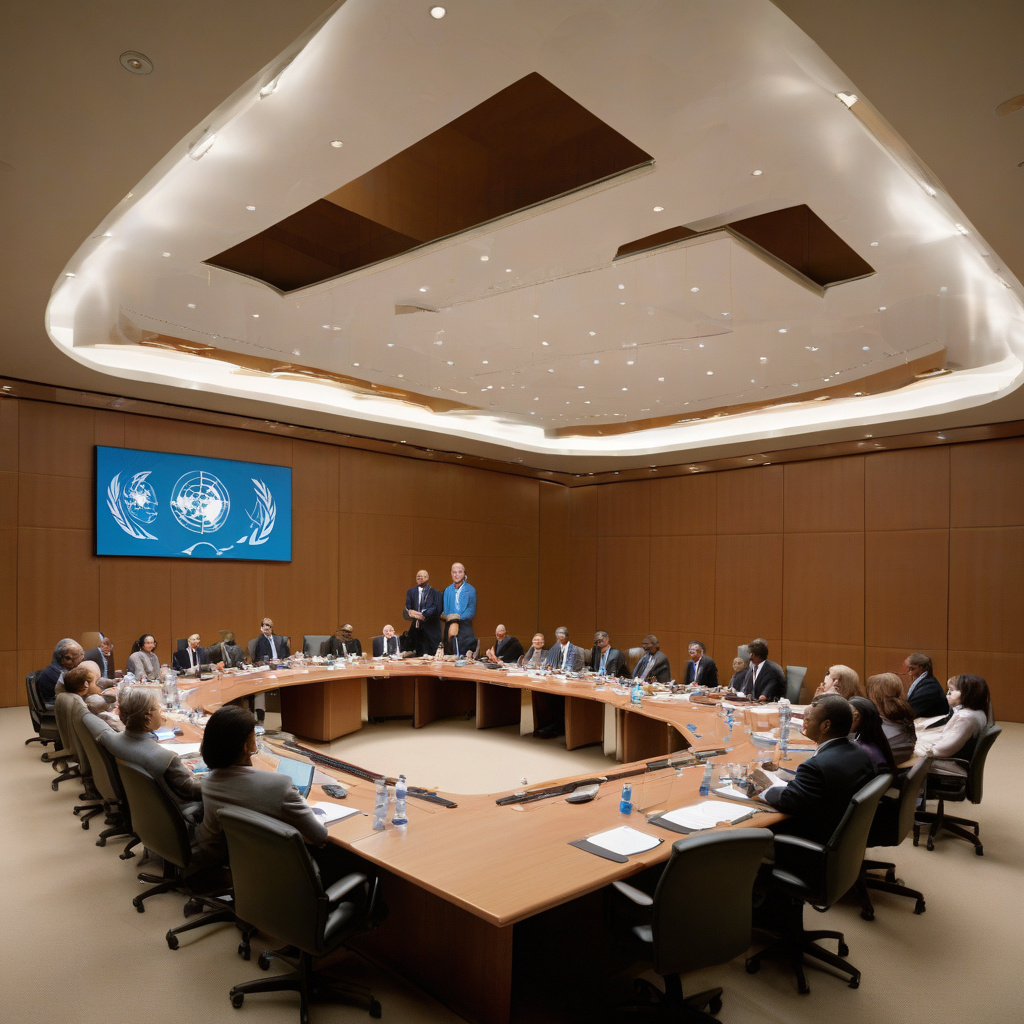WHO Battles Funding Shortfall with New Restructure Plan
The World Health Organization (WHO) is at a critical juncture as financial pressures continue to mount, threatening its ability to carry out essential global health initiatives. With internal tensions on the rise and a funding shortfall looming large, the organization has unveiled a new restructure plan aimed at securing its future effectiveness and sustainability.
The COVID-19 pandemic has exposed the vulnerabilities of the global health infrastructure, putting immense strain on organizations like the WHO. As the demand for its services has surged, so too have the financial challenges facing the organization. Member states’ contributions, which form the bulk of WHO’s funding, have come under scrutiny, with some nations questioning the value they derive from their investments.
In response to these mounting pressures, the WHO has put forth a comprehensive restructure plan that seeks to address both its financial woes and internal inefficiencies. Central to this plan is a reevaluation of the organization’s priorities, streamlining of its operations, and a renewed focus on transparency and accountability.
One key aspect of the restructure plan is a push for diversified funding sources beyond member state contributions. This includes exploring partnerships with private sector entities, philanthropic organizations, and other stakeholders who share WHO’s commitment to global health. By expanding its funding base, the organization aims to reduce its reliance on volatile government contributions and ensure a more stable financial future.
Moreover, the restructure plan involves a thorough assessment of the organization’s internal processes and structures to identify areas for improvement. This includes streamlining decision-making processes, enhancing communication channels, and fostering a culture of innovation and agility within the organization. By addressing internal inefficiencies, the WHO seeks to optimize its operations and better serve the needs of its member states and global health partners.
Transparency and accountability are also central pillars of the restructure plan. The WHO is committed to enhancing its reporting mechanisms, ensuring that funds are allocated efficiently and effectively to where they are needed most. By increasing transparency in its financial dealings and decision-making processes, the organization aims to rebuild trust with its stakeholders and demonstrate its commitment to responsible governance.
While the road ahead may be challenging, the WHO’s restructure plan represents a crucial step towards securing its future relevance and impact. By addressing its funding shortfall, internal tensions, and operational inefficiencies head-on, the organization is positioning itself for long-term sustainability and success in an ever-changing global health landscape.
As the WHO embarks on this transformative journey, the stakes could not be higher. The success of its restructure plan will not only determine the organization’s future effectiveness but also its ability to lead the global health community in addressing the pressing challenges of our time. By staying true to its mission and values, the WHO has the opportunity to emerge stronger and more resilient, ensuring that it can continue to make a meaningful difference in the lives of people around the world.
#WHO, #WorldHealthOrganization, #FundingShortfall, #RestructurePlan, #GlobalHealthLeadership
